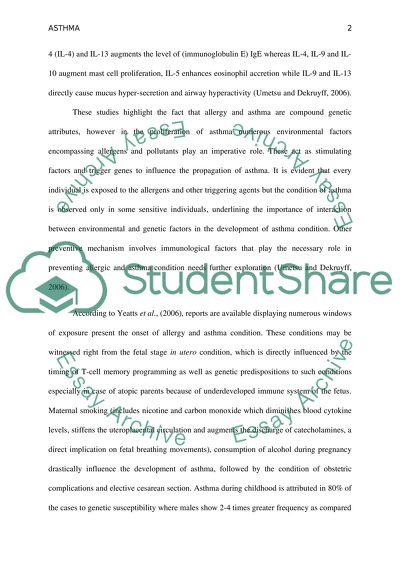Cite this document
(“Increasing Prevalence Of Asthma And Allergic Diseases Research Paper”, n.d.)
Increasing Prevalence Of Asthma And Allergic Diseases Research Paper. Retrieved from https://studentshare.org/health-sciences-medicine/1459548-increasing-prevalence-of-asthma-and-allergic-diseases
Increasing Prevalence Of Asthma And Allergic Diseases Research Paper. Retrieved from https://studentshare.org/health-sciences-medicine/1459548-increasing-prevalence-of-asthma-and-allergic-diseases
(Increasing Prevalence Of Asthma And Allergic Diseases Research Paper)
Increasing Prevalence Of Asthma And Allergic Diseases Research Paper. https://studentshare.org/health-sciences-medicine/1459548-increasing-prevalence-of-asthma-and-allergic-diseases.
Increasing Prevalence Of Asthma And Allergic Diseases Research Paper. https://studentshare.org/health-sciences-medicine/1459548-increasing-prevalence-of-asthma-and-allergic-diseases.
“Increasing Prevalence Of Asthma And Allergic Diseases Research Paper”, n.d. https://studentshare.org/health-sciences-medicine/1459548-increasing-prevalence-of-asthma-and-allergic-diseases.


